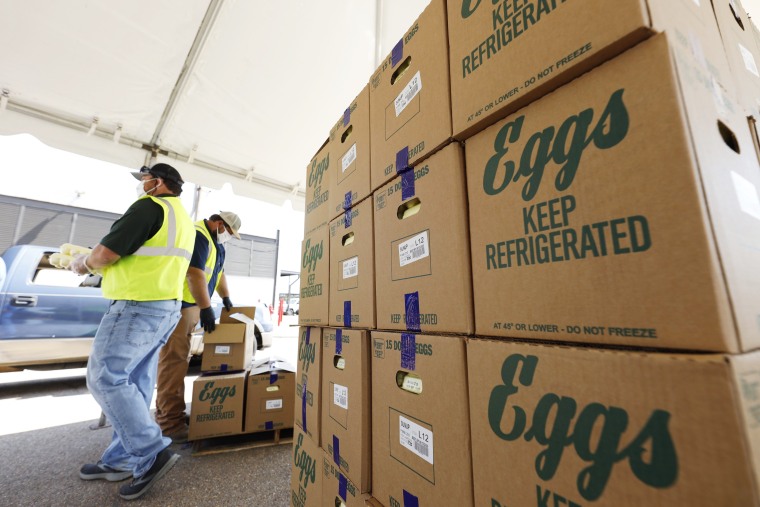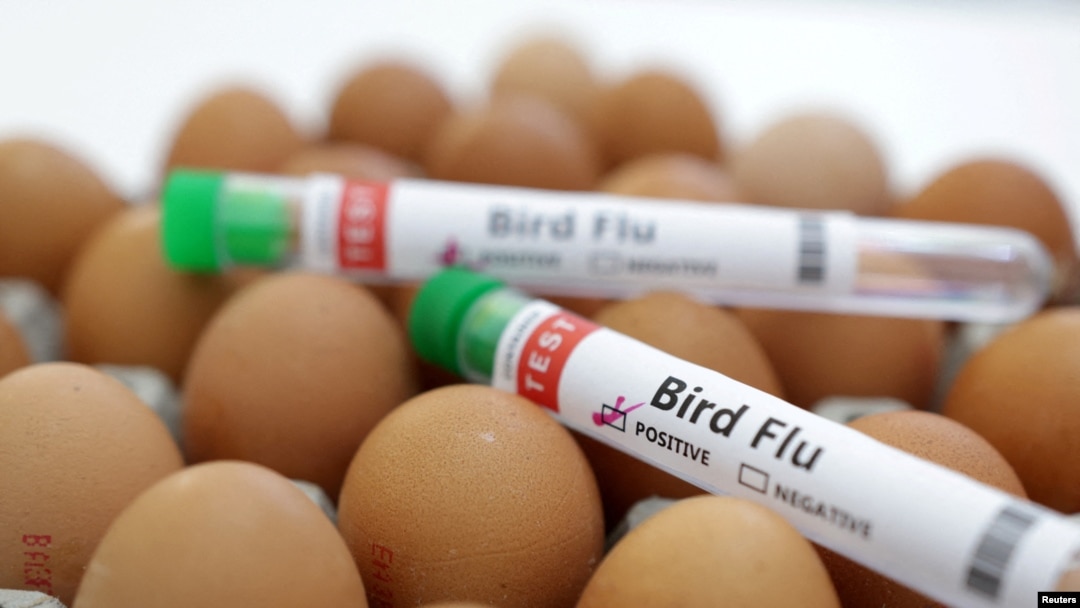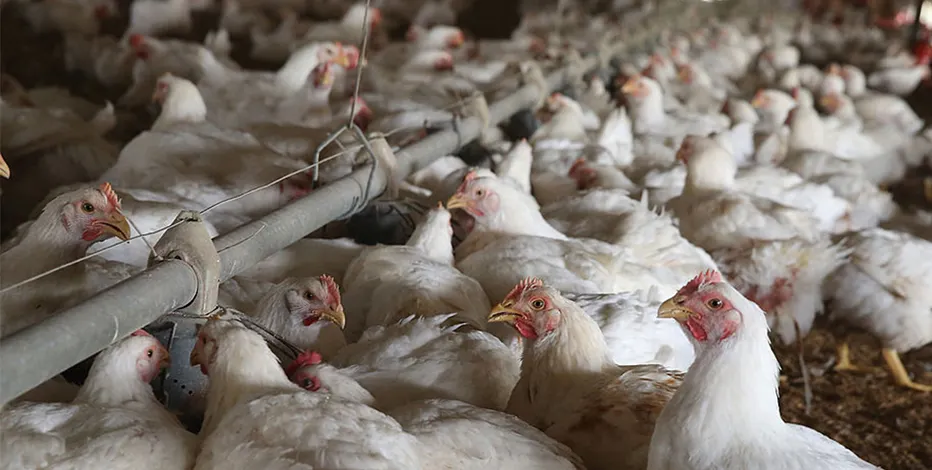The largest egg supplier in the United States, Cal-Maine Foods, has faced a significant setback as it suspends production due to a bird flu outbreak detected among chickens at its Texas facility. This development comes amidst a surge in avian influenza cases across the nation, posing multifaceted challenges to both the agricultural sector and public health authorities.

Challenges at Cal-Maine Foods: A Significant Disruption
Cal-Maine Foods, headquartered in Ridgeland, Mississippi, announced the cessation of production at its Texas plant after chickens tested positive for pathogenic avian influenza (HPAI). The staggering number of affected chickens—nearly 2 million—underscores the severity of the situation. With approximately 3.6% of the company’s total flock culled, the impact on egg production is substantial, necessitating immediate action to contain the outbreak and safeguard public health. The company emphasized its commitment to robust biosecurity measures but acknowledged the omnipresent threat of HPAI, particularly during migratory seasons. Despite proactive measures, no farm is immune to the risk posed by the virus, highlighting the formidable challenges faced by the poultry industry in combating such outbreaks.
Bird Flu: Implications for Public Health and Agriculture
The recent incidents of bird flu extend beyond Cal-Maine Foods, with cases reported in dairy cattle in Texas and Kansas. The zoonotic nature of avian influenza underscores its potential to transcend species barriers, posing risks to both animal and human populations. The detection of a human infection in Texas, only the second known case in the United States, accentuates the urgency of addressing the outbreak comprehensively.
Amidst concerns about the economic repercussions, the spread of bird flu has prompted significant financial losses and disruptions in the poultry industry. The ripple effects of production halts and increased mortality rates among birds contribute to market volatility, raising prices of eggs and poultry products. Furthermore, the expenditure incurred by governmental authorities in implementing containment measures underscores the far-reaching impact of avian influenza outbreaks.
Mitigating Risks and Understanding Symptoms of Avian Influenza
As efforts intensify to mitigate the spread of bird flu, understanding the symptoms and transmission dynamics of the virus remains paramount. Avian influenza viruses, categorized into low pathogenic and highly pathogenic strains, exhibit varying degrees of severity in infected birds. While human transmission is rare, close contact with infected animals poses a heightened risk, necessitating vigilant monitoring and adherence to preventive measures.
Symptoms of avian influenza in humans range from mild respiratory symptoms to severe, life-threatening complications such as pneumonia. Early identification of potential cases is crucial in containing outbreaks and preventing further transmission. Individuals in proximity to affected animals are urged to exercise caution and seek medical attention if symptoms manifest.

The resurgence of bird flu underscores the ongoing challenges faced by the agricultural and public health sectors in safeguarding food security and human health. Collaborative efforts between governmental agencies, industry stakeholders, and healthcare professionals are imperative in mitigating risks and mitigating the impact of avian influenza outbreaks.
